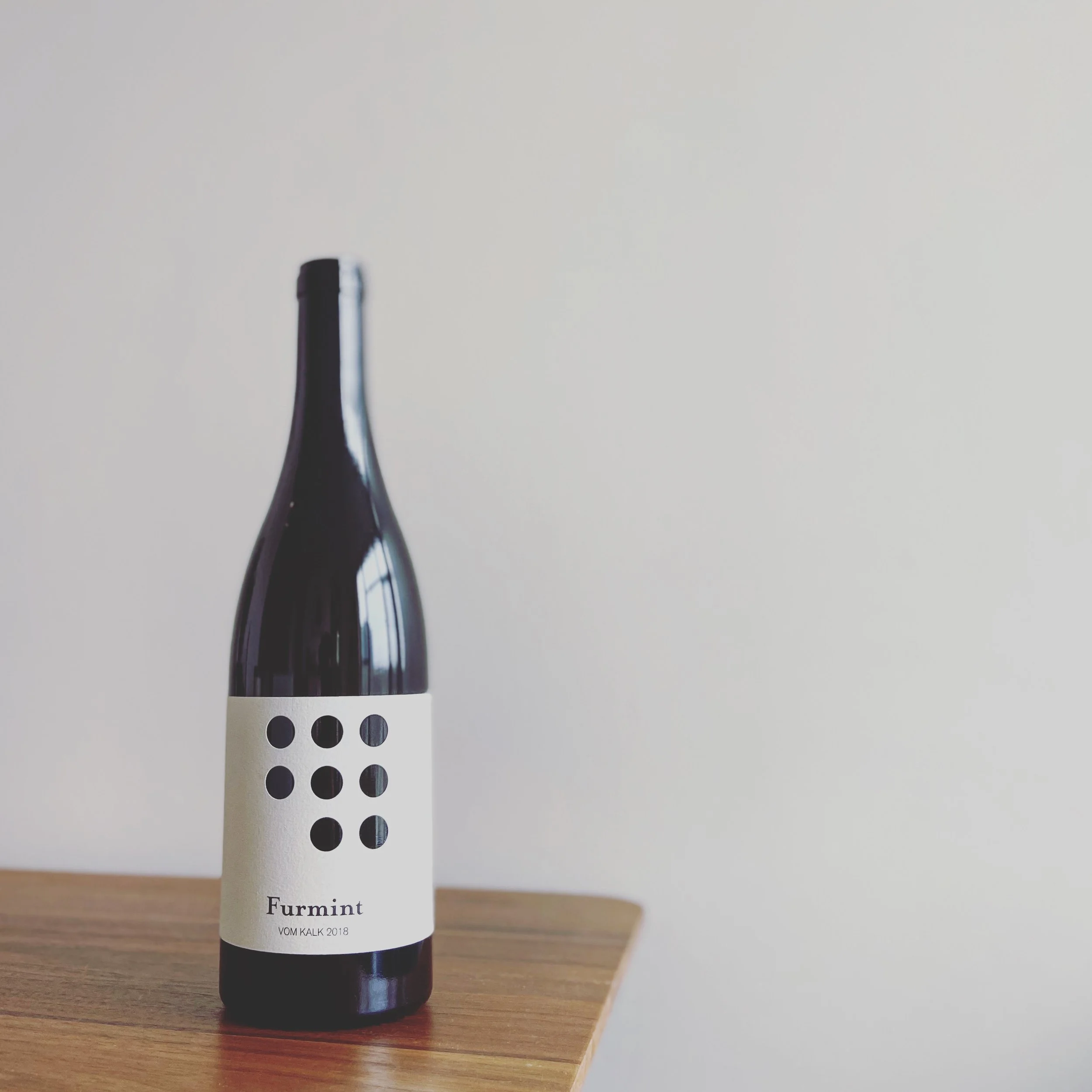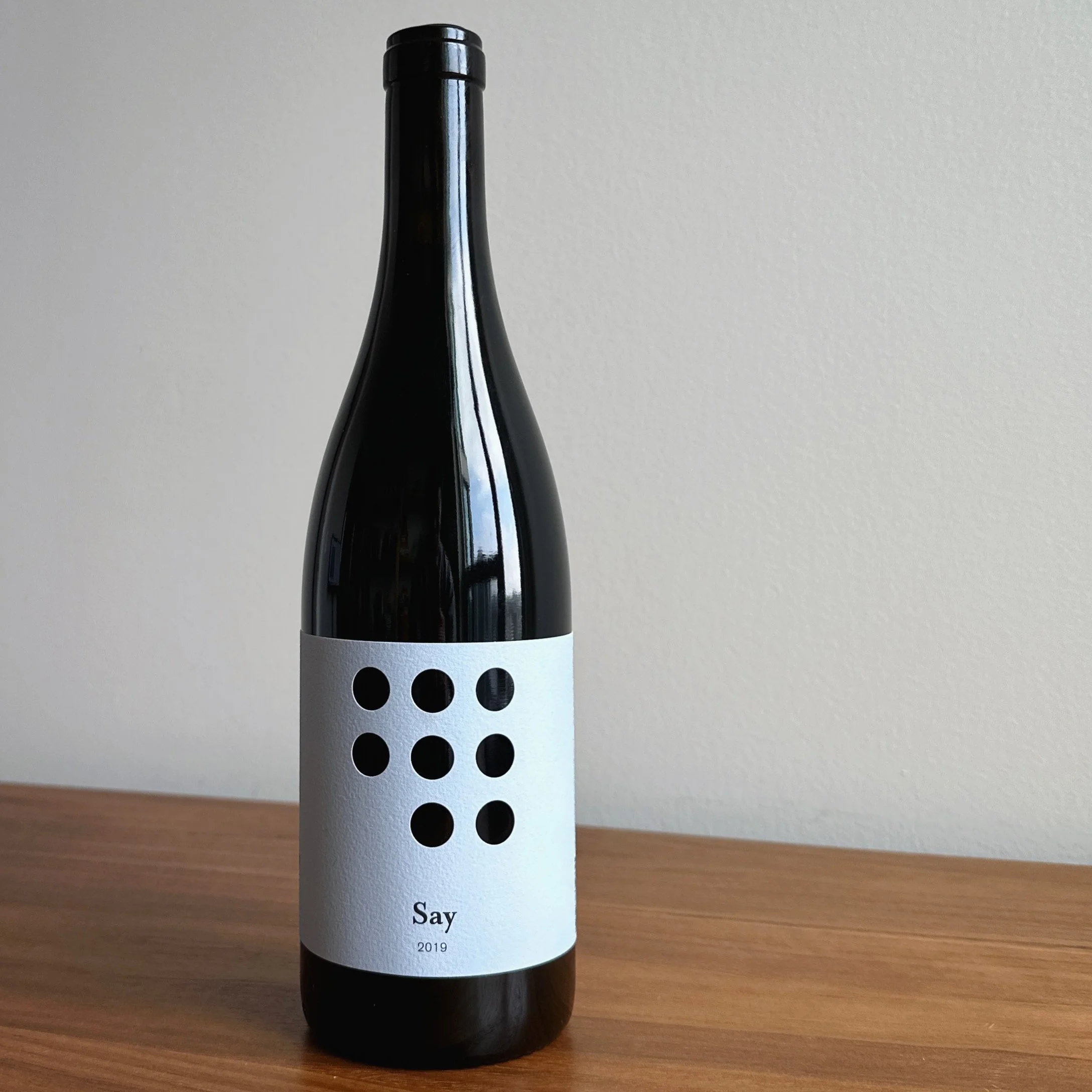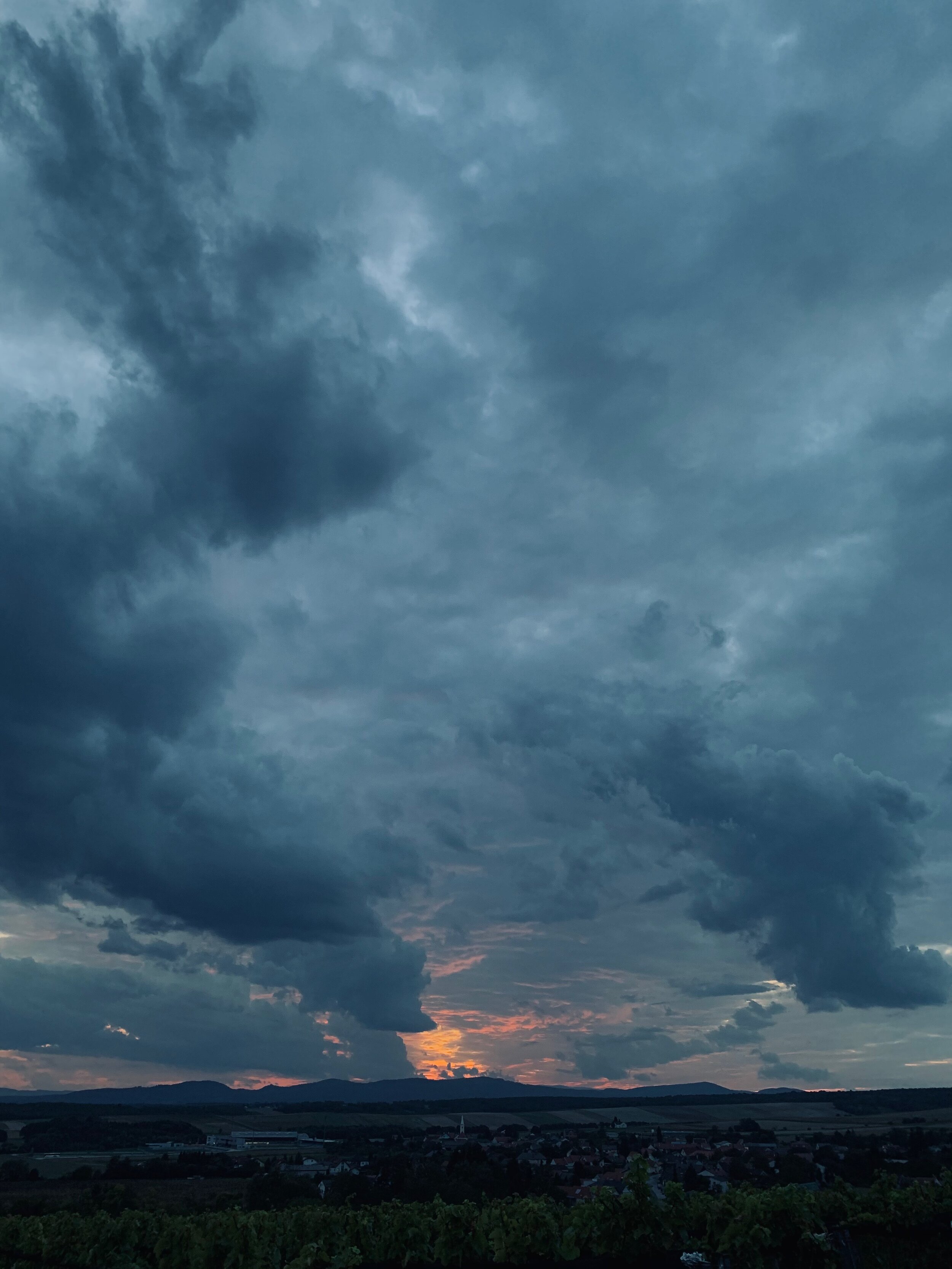FRANZ WENINGER
-
Franz Weninger (Jr.) is incredibly dedicated to the land he farms. His father understood the importance of organic farming and revitalizing local grape varieties. Still, Franz has taken it to the next level by converting the entire estate to biodynamics and replanting many sites to the appropriate traditional grape varieties: Blaufrankisch and Furmint. Despite his conviction, he refuses to pull out his father’s old-vine Cabernet Sauvignon, Merlot, and Syrah – as long as Franz Sr. is alive, the vines will remain.
-
Their location at the southern end of the Neusiedlersee in Burgenland permitted them to purchase land across the border in Hungary. The Sopron region was once part of Burgenland and contained some of their favourite sites. Franz took over this part of the estate early in his career after graduating from Klosterneuburg and travelling the world on internships. In 2011, he took over production on the Austrian side of the border and had really fine-tuned the winemaking.
-
We met Franz and his wife Petra (and their crazy dog who got lost somewhere along the way and didn’t return until the evening) at their home/winery and toured around their vineyards. We saw historic sites that were previously too expensive and challenging to farm, freshly replanted with baby vines. We chatted about the benefits of the local cover crops and how they functioned both as nitrogen fixers and habitat for benevolent insects. We talked about the range of Blaufrankisch clones they have on their property. We toured his spotless cellar and asked about his amphora projects and his technique of tilting the barrels during élevage (apparently, having the bunghole submerged prevents oxygen exchange and limits the need to top up!).
-
We finished the visit by tasting an old vintage of Blaufrankisch his father had made – Mark and I were stunned, jaws were visibly agape. This grape’s ability to translate terroir is criminally under-reported. The most minute shift in the soil seems to translate with brilliant definition – this explains why Franz makes nearly a dozen expressions of this grape.
2023 PONZICHTER
Ponzichter is the colloquial word for the German grape growing minority in Sopron - it means ‘bean grower’ since they’d often farm vegetables between the rows. The grapes (Pinot Noir and Zweigelt) are grown on Loam and Gneiss in both Austria and Hungary. The grapes were fermented in open-top vat, partly crushed and partly as whole berries. After 18 months in 40-year-old cask, the wine is bottled unfined and unfiltered with only 10ppm of sulphur.
2020 BALF KEKFRANKOS
This wine was created to show off the true nature of Kekfrankos from Hungary. Planted on well-draining slate and luvisol, these vines are twenty-two to fifty years old. The grapes are fermented in stainless steel vats on the skins for two weeks before being pressed off into neutral puncheons. Each barrel is treated to a different SO2 regime depending on the wine's needs. After fifteen months of élevage, the wine is bottled without fining. 12% ABV, TA 5.7 g/L, 10ppm SO2
2023 ROZSA PETROVITS
Franz’s sprightly grandmother is always the inspiration for this cuvée. When she was born in 1921, their hometown of Horitschon was part of Hungary; but by the end of the year, the town was part of Austria thanks to the volatile politics of the region. To celebrate her duality, Franz blended Sankt Laurent and Pinot Noir grown on limestone in Austria, with Syrah grown on Gneiss in Hungary. The vineyards are only a twenty minute drive from one another, but the terroirs are quite different. The grapes are whole cluster pressed into neutral puncheon where the juice ferments and ages for eight months on lees. It is bottled with minimal sulphur.
2021 FEHERBURGUNDI
Twenty years ago, Franz planted what he thought was Pinot Noir in the Frettner Vineyard in Sópron; turns out, the vine-nursery mislabeled the vines and now we have a premium site planted to Pinot Blanc (Fehérburgundi). The slate soils and relatively low yields result in concentrated grapes with good extract. The wine is wild fermented in neutral puncheons and rests on fine lees for a year before bottling. 850 cases were produced this year. 12% ABV, 6.3 g/L TA
2022 KEKBURGUNDI (PINOT NOIR)
The Frettner Vineyard is located in Sopron and features twenty year old vines planted on Luvisol, a soil formed by coniferous forests breaking down sedimentary rock. This area has been planted to Pinot Noir since the 16th century and was once prized and widely exported. This is Franz’s attempt to recapture some of that magic. The grapes were fermented whole cluster in open-top wooden tank for eight days. The wine is then pressed off into neutral puncheon for a thirteen month élevage before bottling unfined, unfiltered, and with minimal SO2. Only 241 cases were produced. 12.5% ABV, 6.3 g/L TA
2022 FURMINT VOM KALK
Franz has taken on the lofty goal of returning Furmint to its homeland: Burgenland, Austria. Many of the sites now planted to international varieties were once planted with Furmint, and according to Franz’s research, it was once revered. After grafting over old vines, and planting new vineyards in fallow but historic sites, his work really begins. This cuvée comes from Kalkofen Vineyard in Ritzing. It is planted on limestone, once used in lime kilns. The grapes were destemmed and pressed into neutral puncheon. After several months on lees and malolactic conversion, the wine is racked, sulphured, and bottled. Only 350 cases were produced. 13% ABV, 6.9 g/l TA
2021 KIRSCHOLZ BLAUFRANKISCH
This single vineyard Blaufrankisch comes from one of Franz’s most prized sites. A half-meter thick layer of well-draining sandy gravel separates the vines from the loam and clay subsoil. This combination provides the perfect hydrology for supreme quality grapes, and as such, Franz has vinified and bottled this wine separately since 2003. The vines are between 50 and 80 years old. The grapes are mostly destemmed before fermentation in concrete and foudre. After ten days, the wine is pressed into neutral barrel for a 24 month élevage. 250 cases were produced in this small vintage. 12.5% ABV, 5.8g/L TA, 10ppm SO2
2021 SAYBRITZ BLAUFRANKISCH
It’s hard to say which vineyard is Franz’s favourite but I definitely see his eyes light up when he talks about how special Saybritz is. This parcel belongs to Franz’s Great Aunt and is their most northern site in Austria. The 53 year old vines are deeply rooted in blue-green slate that lies under a top soil of calcareous clay. This combination results in perfect nutrient and water availability for the vines. The grapes, harvested on September 25th, were fermented in open-top wood tanks for nine days. The wine is then pressed into neutral barrel for a 19 month élevage. Only 71 cases were made this vintage. 14% ABV, 6.1 g/L TA, 12ppm SO2








